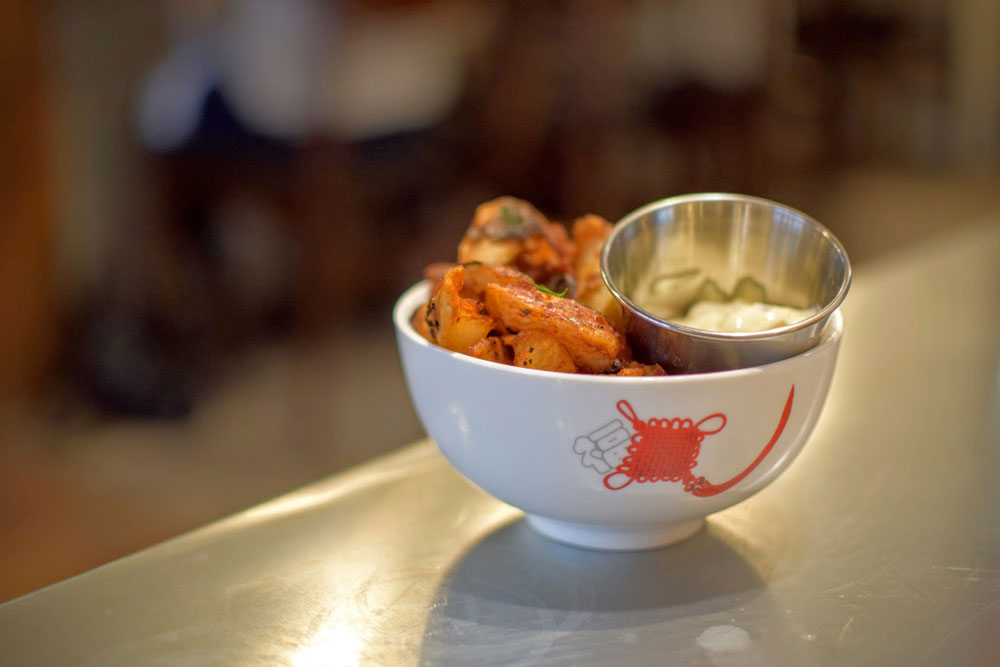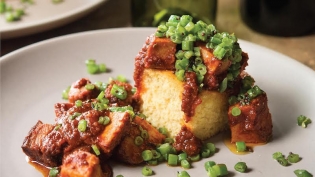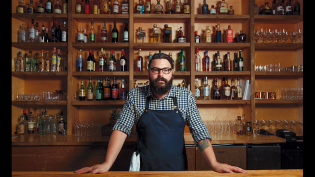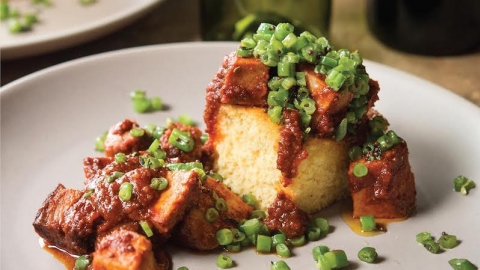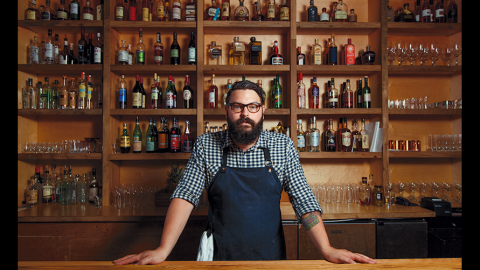What’s the Buzz? In defense of food trends
Bowls are big this year. Not big as in large, but big as in hot. From smoothie bowls to ramen bowls to grain bowls, bowls are buzzing in 2016.
Yes, those dishes in your cupboard are officially a food trend. (Did you even know you were so hip?)
Here are a few other things that are officially of-the-moment: Turmeric. Soup. Burnt stuff (charred veggies, blackened toast). Really. (What’s not hot? According to the people who study these things, you can kiss your kale chips goodbye. Ditto gluten-free cupcakes, which are definitely passé. And say so long to sweets made with bacon. Sorry.)
If you feel the urge to roll your eyes at the food fashionistas, you are not alone.
Truth is, we all know that our food choices are about much more than the latest superfood or fad. Compared to the roles played by history, family and cultural traditions, geography and economics, the impact of food trends on what we eat feels superficial, more hype and marketing gimmick than reality. (Burnt toast?)
Too often, trends strip foods of their history and culture, urging us to consume new flavors without pausing to appreciate the stories or politics behind them. Yes, it’s annoying, and it can even be offensive, as a recent kerfuffle in the food media over calling Vietnamese pho “the new ramen” made plain.
The vast majority of “new” foods aren’t newly created or discovered, even if they are new to us. Take chia, the seeds of a native Mesoamerican plant, which has been eaten in Latin America as far back as pre-Columbian Mexico, long before people in the U.S. developed a taste for dairy-free pudding. Or kale, the most hyped vegetable of the new millennium, which has been a part of European diets since at least the fourth century BCE.
Still, I’m not ready to disregard the latest food buzz, and I don’t think you should either.
Here’s why:
First off, can you even imagine eating in America without yogurt, tacos, ramen or food trucks? True, if you’re older than a millennial, you probably can, but do you want to? I know I don’t.
Now imagine going out to eat and never finding goat cheese salad, crème brulée, molten chocolate cake, quiche or pesto on a menu. These former trends may be today’s food clichés, but they are here to stay—and it’s a good thing. They’re generally delicious and they’ve expanded our notions of American food, something that makes my belly grateful every time I eat in a small-town café.
Today, trends like kale and quinoa are doing the same thing. For every fondue pot gathering dust, there’s a new American staple on the menu, one we wouldn’t want to be without.
Second, while some trends are admittedly awful (my stink eye is on you, low-fat snack foods), our fascination with food trends reveals an aspect of American food culture that is exceptional and exciting: From cilantro jalapeño hummus to cardamom corn bread (find the recipe from Asha Gomez’s terrific new cookbook, My Two Souths, here), we love innovation, mixing things up and trying new things.
It’s true that trends can breed conformity, but they also push us out of our comfort zones, tempting us to experiment with new ingredients and flavors—Korean tacos, bean-to-bar chocolate, sour ales—and our food is often the better for it.
Admittedly, it also means we end up with Pumpkin Spice Latte Peeps. And burnt toast. It’s a compromise I’m willing to make.


